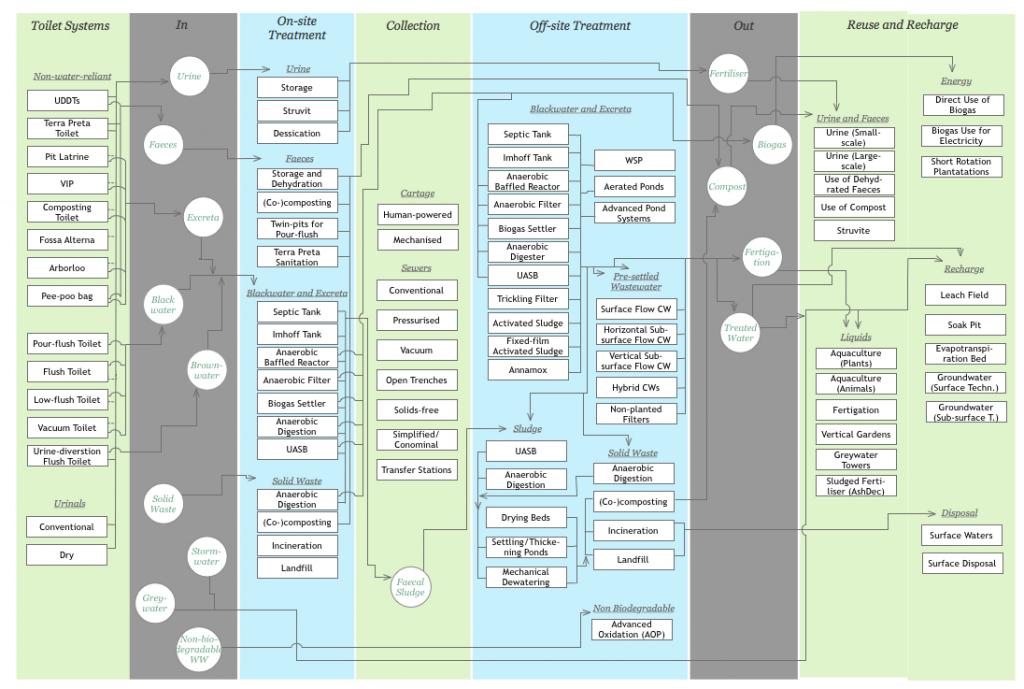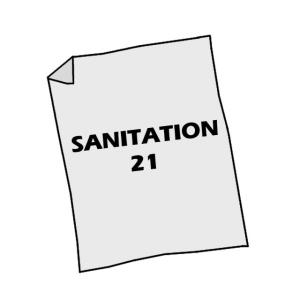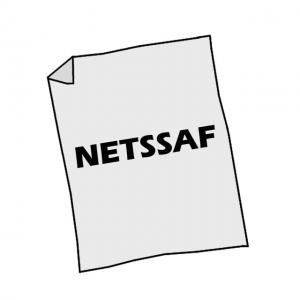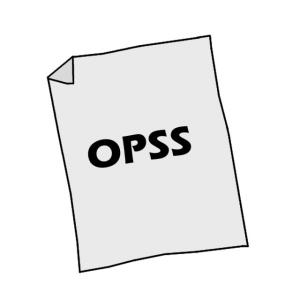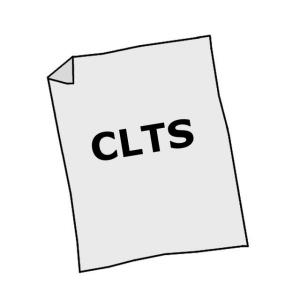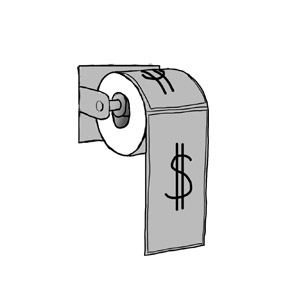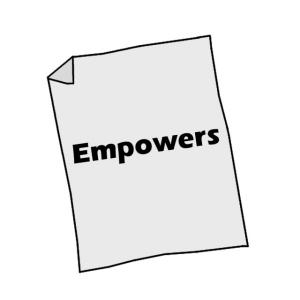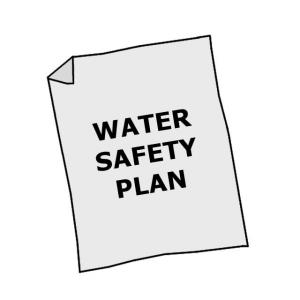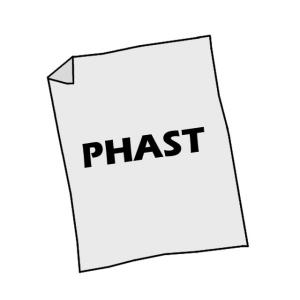Executive Summary
Sanitation systems are a combination of different functional units that together allow managing and reusing or disposing the different waste flows from households, institutions, agriculture or industries in order to protect people and the environment. The systems are designed to address the whole water as well as the nutrients cycle, from the toilet user where wastewater is generated, over the collection, treatment up to reuse or discharge.
Introduction
Water resources are under increasing pressure. Continuing population growth, urbanisation, rapid industrialisation as well as expanding and intensifying food production are all putting pressure on water resources (UNEP 2010). Once used, water is often discharged without any treatment - despite the urgent need for water and nutrients in agriculture and the contamination of aquatic ecosystems. In order to meet future demands for water and nutrients it is important to adopt a sustainable wastewater management.
Wastewater management refers to the process in which wastes and wastewater are managed from the point of generation to the point of use or ultimate disposal. The hardware answers to wastewater management are sanitation systems. Sanitation systems are a combination of different functional units that together allow managing and reusing or disposing the different waste flows from households, institutions, agriculture or industries in order to protect people and the environment. The systems are designed to address the whole water as well as the nutrients cycle, from the toilet user where wastewater is generated, over the collection, treatment up to reuse or discharge. In order that sanitation systems function reliably, the technical know-how for the installation of functional units as well as their management, operation and maintenance must be guaranteed.
Conventional sanitation systems generally refer to large sewer systems with centralised high-tech treatment stations. These systems may be efficient and have significantly contributed to improving the health of people and to lower environmental burden of wastewater discharge during the past decades. However, they require huge amounts of water, which is mixed with excreta and wastes, resulting in large volumes of highly polluted wastewaters. Centralised treatment stations for these slurries not only involve large costs for construction and operation, consume energy and chemicals, and have great management requirements, but also are the nutrients lost to the air or finally disposed in landfills. Conventional wastewater treatment systems have a large potential to be optimised and to be made more sustainable by reducing the use of water (e.g. dry systems) and improving the recovery and reuse of nutrients and energy.
There are many ways to improve conventional sanitation systems in order to reduce the use of water or to efficiently recycle the generated wastewater and nutrients on any level (see also TILLEY et al. 2008 for some examples).
In this toolbox, you will find the description a various functional units that can be combined in order to build a sanitation system. The different functional units, according to their position in the sanitation system, can be found in the hardware chapters of the “use”, “collection”, “treatment” and “recharge/reuse” section. Each functional unit is described in terms of function and design. You will also find information on in what context a given unit is applicable and what are the disadvantages and advantages of the technology applied. This information is particularly important as only based on that, different functional units can be combined in order to optimise water and nutrient use and achieve the sustainability of the sanitation system. Thus, by choosing the appropriate hardware tools (functional units) from the sections “use”, “collection”, “treatment” and “reuse”, together with the corresponding software tools adapted for your context, you can design an integrated and appropriate sanitation system designed particularly for your situation.
The following overall scheme is intended to give you a better overview on how what kind of functional units can be found in the toolbox and they fit together.
Overview on the different functional unit described in the SSWM toolbox and how they are interlinked. Source: SPUHLER (2010)
Wastewater generation
Wastewater can mean different things to different people with a large number of definitions in use. Generally it describes water that has been used and that cannot be used any more in one site and is therefore rejected to another (UNEP 2010). In a broader perspective, wastewater can be defined as a combination of one or more of the following: domestic effluent; water from commercial establishments and institutions, including hospitals; industrial effluent; stormwater and other urban runoff; and agricultural, horticultural and aquaculture effluent. In order to optimise the water and nutrient cycle and to emphasize the fact that used waters can be reused for other purposes, depending on their composition; different terms more adapted to describe the composition of the different types of wastewater have evolved. The separation of these different streams, allows treating and reusing them more easily, particularly adapted to their composition. The term used to described the different wastewaters in this SSWM toolbox are:
- (Fresh)water (surface or ground)
- Precipitation (Rain/Stormwater)
- Drinking water
- Blackwater
- Faecal Sludge (Settled / pre-treated blackwater)
- Greywater
- Urine
- Faeces
- Excreta
- Organic waste
- Non-biodegradable wastewater (e.g. industrial wastewater; agricultural water)
- Water for fertigation
- Fertiliser (e.g. stored urine, struvite, phoskraft etc.)
- Biogas
- Compost/Biosolids (including humanure, terra preta etc.)
The functional units (places) generating wastewater are different for domestic, industrial and agricultural water uses.
At the domestic level, wastewater is generated in bathrooms and kitchens and the hardware tools associated with this kind of wastewater generation are toilet systems, showers and water tabs.
The way that industrial wastewater are generated is much more variable and their functional units generating industrial wastewater are not described in detail. However, they are either biodegradable, and can be treated similar to blackwater or greywater; or they contain pollutants which are not biodegradable and require an advanced oxidation process for treatment. Often, industrial wastewater also just contains heat, which can be reused for energy generation or other processes (e.g. aquaculture).
Agricultural wastewater is similarly either biodegradable (the most often) and can be treated and reused as blackwater (e.g. manure from livestock); or they are not biodegradable (e.g. water containing residues of pesticides etc.) and require advanced oxidation processes for treatment.
The optimisation of water use and wastewater generation consists mainly in the reduction of water requirements (e.g. by choosing a dry or low-flush toilet) and in the separation of the different wastewaters streams to treat and use them more easily according to their composition (i.e. source separation).
Wastewater collection
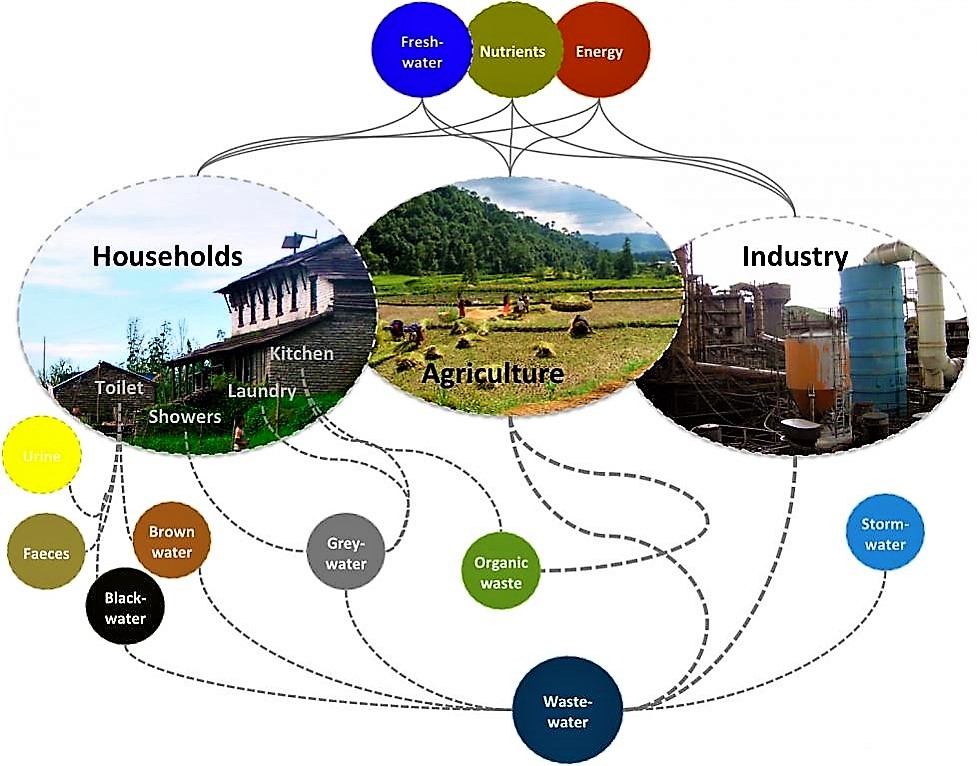
If the different waste flows are not treated and reused or discharged on-site, wastewater needs to be collected to be managed in semi-centralised or centralised treatment units.
This can be done either in a sewer collection system or by cartage. Sewer systems are generally expensive to install and require much operation and maintenance. There are many ways to optimise sewer systems, such as collecting rain and stormwater separately (or reusing them directly), simplifying the network (using less connections and less pumps or small-bore sewers) and reduce the required size (an thus operation and maintenance) by installing several DEWATS instead of one large treatment station. Manual cartage can be expensive and cause a health risk, especially when wastewater is diluted. When urine and faeces are separated both products can be transported more easily and more safely. The utilisation of a vacuum truck or a gulper can reduce the inconvenience and health risk associated with manual cartage.
Wastewater treatment
Wastewater treatment means the preparation and transformation of wastewater and related products (e.g. blackwater, faecal sludge, greywater, non-biodegradable waters, etc.) for safe reuse or disposal in order to minimise health risks for people and protect the environment from pollution.
The main parameters that need to be treated/removed (depending on the reuse/recharge/discharge options) are solids (i.e. total suspended solids or TSS); the biological and chemical oxygen demand (i.e. COD and BOD); nutrients (mainly nitrogen and phosphorus); and pathogenic microorganisms (pathogens). Other pollutants that need to be treated are heavy metals or persistent organic compounds (e.g. pesticides, pharmaceuticals, micropollutants).
Domestic wastewaters are most often treated with biological wastewater treatment processes. Non-biodegradable wastewaters (for instance form the pharmaceutical industry or pesticides manufactures) need to be treated chemically (chemical wastewater treatment, advanced oxidation processes).
The optimisation of wastewater treatments depends much on the context and local conditions. The main potential of wastewater treatment optimisation lies in the reuse of the products (e.g. water and nutrients, see also sustainable sanitation), the optimisation of energy requirement (e.g. anaerobic wastewater treatment vs. aerobic wastewater treatment) and the optimisation of scale (e.g. on-site wastewater treatments or decentralised wastewater treatments vs. (semi-)centralised treatments). The main factor influencing whether a wastewater treatment is optimised or not is the suitability of a respective functional unit to a given context and the overall sanitation system.
Wastewater recharge & reuse
Wastewater recharge and/or reuse refer to technologies and methods in which the different wastewater products (urine, faeces, biogas, compost, etc.) are safely returned to the environment. This can be done either through its productive use or alternatively — if no direct reuse is intended - its safe disposal or recharge. If possible, it is always preferable to reuse the water, nutrients and energy contained in the different waste streams. The optimisation of wastewater reuse thus depends on how these have been collected and pre-treated — thus the entire sanitation system. Composting products from organic waste and excreta or sludge for instance are used as a soil amendment and urine can be reused much like liquid fertilizer. Biogas is used for cooking or energy production and pre-treated water that still contains nutrients can be used for fertigation.
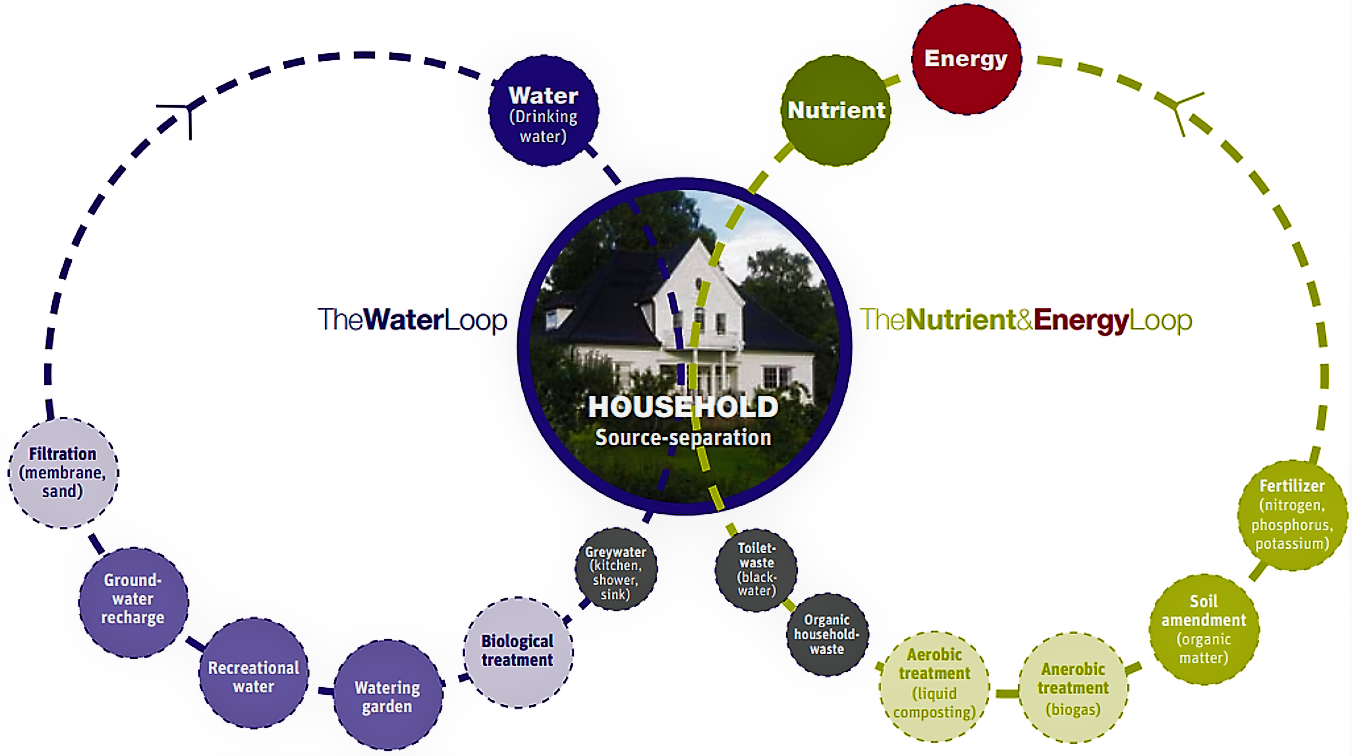
Ecological Sanitation: for Mankind and Nature
A short booklet explaining the notion of ecological sanitation, closing the water and the nutrient/energy loops and also giving practice examples.
ALSEN, K.W. ; JENSSEN, P. (2004): Ecological Sanitation: for Mankind and Nature. Aas: Norwegian University of Life Sciences URL [Accessed: 26.05.2019]Shortcomings of conventional wastewater management
Compendium of Sanitation Systems and Technologies
This compendium gives a systematic overview on different sanitation systems and technologies and describes a wide range of available low-cost sanitation technologies.
TILLEY, E., LUETHI, C., MOREL, A., ZURBRUEGG, C. and SCHERTENLEIB, R. (2008): Compendium of Sanitation Systems and Technologies. Duebendorf, Switzerland: Swiss Federal Institute of Aquatic Science and Technology (EAWAG) and Water Supply and Sanitation Collaborative Council (WSSCC) URL [Accessed: 15.02.2010] PDFEnvironmentally sound technologies in wastewater treatment for the implementation of the UNEP/GPA "Guidelines on Municipal Wastewater Management"
Technical information on environmentally sound technologies in wastewater treatment.
UNEP ; MURDOCH UNIVERSITY (2004): Environmentally sound technologies in wastewater treatment for the implementation of the UNEP/GPA "Guidelines on Municipal Wastewater Management". The Hague: United Nations Environment Programme Global Programme of Action (UNEP/GPA), Coordination OfficeSick Water? The central role of wastewater management in sustainable development
This book not only identifies the threats to human and ecological health that water pollution has and highlights the consequences of inaction, but also presents opportunities, where appropriate policy and management responses over the short and longer term can trigger employment, support livelihoods, boost public and ecosystem health and contribute to more intelligent water management.
CORCORAN, E. ; NELLEMANN, C. ; BAKER, E. ; BOS, R. ; OSBORN, D. ; SAVELLI, H. (2010): Sick Water? The central role of wastewater management in sustainable development. A Rapid Response Assessment. United Nations Environment Programme (UNEP), UN-HABITAT, GRID-Arendal URL [Accessed: 05.05.2010] PDFPhilippines Sanitation Source Book and Decision Aid
This Sanitation Sourcebook distils some of the core concepts of sanitation in a user-friendly format so that the book can serve as a practical reference to sanitation professionals and investment decision-makers, particularly the local governments. The annexe contains a practical collection of factsheets on selected sanitation system options.
WSP (2007): Philippines Sanitation Source Book and Decision Aid. pdf presentation. Washington: Water and Sanitation Program (WSP). URL [Accessed: 01.06.2019]Compendium of Sanitation Systems and Technologies
This compendium gives a systematic overview on different sanitation systems and technologies and describes a wide range of available low-cost sanitation technologies.
TILLEY, E., LUETHI, C., MOREL, A., ZURBRUEGG, C. and SCHERTENLEIB, R. (2008): Compendium of Sanitation Systems and Technologies. Duebendorf, Switzerland: Swiss Federal Institute of Aquatic Science and Technology (EAWAG) and Water Supply and Sanitation Collaborative Council (WSSCC) URL [Accessed: 15.02.2010] PDFSanitation Systems and Technologies. Lecture Notes
Lecture notes on technical and non-technical aspects of sanitation systems in developing countries.
EAWAG/SANDEC (2008): Sanitation Systems and Technologies. Lecture Notes . (= Sandec Training Tool 1.0, Module 4 ). Duebendorf: Swiss Federal Institute of Aquatic Science (EAWAG), Department of Water and Sanitation in Developing Countries (SANDEC)Philippines Sanitation Source Book and Decision Aid
This Sanitation Sourcebook distils some of the core concepts of sanitation in a user-friendly format so that the book can serve as a practical reference to sanitation professionals and investment decision-makers, particularly the local governments. The annexe contains a practical collection of factsheets on selected sanitation system options.
WSP (2007): Philippines Sanitation Source Book and Decision Aid. pdf presentation. Washington: Water and Sanitation Program (WSP). URL [Accessed: 01.06.2019]Ecological Sanitation - revised and enlarged edition
This book is one of the most fundamental and important books that defined the concept of ecological sanitation. The first version came out in 1998 - this version presents the findings of over ten years of research and development in ecological sanitation supported by SIDA (Swedish International Development Cooperation Agency).
WINBLAD, U. SIMPSON-HERBERT, M. (2004): Ecological Sanitation - revised and enlarged edition. (pdf presentation). Sweden: Stockholm Environment Institute URL [Accessed: 04.08.2010]Sustainable Sanitation in cities: a framework for action
This book repared by partners of the Sustainable Sanitation Alliance (SuSanA) network is a real eye-opener. It takes a look at some of the methods that have worked well in the past, to guide us in solving the problems of the future. By addressing sanitation as a key element of the urban metabolism, and by linking sanitation with urban planning and neighbouring sectors like solid waste management or waste recycling, it allows for a holistic approach. In the cities of tomorrow, we will need to focus more on recycling energy. A good example being biogas generation from wastewater and sludges. Water will also become an increasingly scarce commodity. Greywater (from showers and sinks) can be treated in urban constructed wetlands or used to water and fertilise urban green spaces. Such examples of productive sanitation systems will form an integral part of infrastructure in sustainable cities.
LUETHI, C. PANESAR, A. SCHUETZE, T. NORSTROEM, A. MCCONVILLE, J. PARKINSON, J. SAYWELL, D. INGE, R. (2011): Sustainable Sanitation in cities: a framework for action. Sustainable Sanitation Alliance (SuSanA) & International Forum on Urbanism (IFoU), Papiroz Publishing House, The Netherlands URL [Accessed: 26.05.2019]Wastewater Treatment Options
This Technical Brief reviews some of the options for wastewater treatment in low- and middle-income communities. It should be used as a guide to the main options available.
WELL (n.y): Wastewater Treatment Options. (= WELL Technical Briefs , 64 ). Loughborough: Water and Environmental health at London and Loughborough (WELL) URL [Accessed: 26.05.2019]Source Book of Alternative Technologies for Freshwater Augmentation in Latin America and the Caribbean
The Latin American and Caribbean countries have seen growing pressure on water resources, with increasing demand and costs, for agricultural, domestic and industrial consumption. This has brought about the need to maximize and augment the use of existing or unexploited sources of freshwater. There are many modern and traditional alternative technologies for improving the utility and augmenting the supply of water being employed in various countries, but with limited application elsewhere due to the lack of information transfer among water resources managers and planners. This book was prepared to provide water resource managers and planners, especially in developing countries and in countries with economies in transition, with information on the range of technologies that have been developed and used in the various countries throughout the world.
UNEP (1998): Source Book of Alternative Technologies for Freshwater Augmentation in Latin America and the Caribbean. Nairobi: United Nations Environment Programme (UNEP) URL [Accessed: 17.10.2011]Review of Frameworks for Technology Assessment
A WASHTech literature review of existing frameworks for technology assessment reveals that there is a gap for a WASH technology assessment tool and a WASH technology uptake tool. The authors of the review, which supports the development of WASHTech’s Technology Assessment Framework, (TAF), conclude that a computer tool based on an algorithm is not appropriate because it is too rigid. Choosing a manageable number of appropriate indicators is key for assessing new technologies.
OLSCHEWSKI, A. DANERT, K. FUREY, S. KLINGEL, F. (2011): Review of Frameworks for Technology Assessment. WASHTech Deliverable 3.1. St. Gallenand The Hague : Swiss Centre for Development Cooperation in Technology and Management (SKAT) and International Water and Sanitation Centre (IRC) URL [Accessed: 26.05.2019]Pit Latrines and Their Impacts on Groundwater Quality: a systematic Review
This study reviews empirical studies on the impact of pit latrines on groundwater quality and identifies knowledge gaps regarding the potential and consequences of groundwater contamination by latrines.
Graham, J. ; Polizotto, M.L. (2013): Pit Latrines and Their Impacts on Groundwater Quality: a systematic Review. Advance Publication. In: Environmental Health Perspectives: URL [Accessed: 09.04.2013]Wastewater Characteristics, Treatment and Disposal
Wastewater Characteristics, Treatment and Disposal is the first volume in the series Biological Wastewater Treatment, presenting an integrated view of water quality and wastewater treatment. This book covers the following topics: wastewater characteristics (flow and major constituents), impact of wastewater discharges to rivers and lakes, overview of wastewater treatment systems, complementary items in planning studies.
SPERLING, M. von (2007): Wastewater Characteristics, Treatment and Disposal. (= Biological Wastewater Treatment Series , 1 ). London: International Water Association (IWA) Publishing URL [Accessed: 26.05.2019]Basic Principles of Wastewater Treatment
Basic Principles of Wastewater Treatment is the second volume in the series Biological Wastewater Treatment, and focusses on the unit operations and processes associated with biological wastewater treatment. The major topics covered are: microbiology and ecology of wastewater treatment, reaction kinetics and reactor hydraulics, conversion of organic and inorganic matter, sedimentation, aeration.
SPERLING, M. von (2007): Basic Principles of Wastewater Treatment. (= Biological Wastewater Treatment Series , 2 ). London: International Water Association (IWA) Publishing URL [Accessed: 26.05.2019]Biological Wastewater Treatment in Warm Climate Regions Volume 1
Biological Wastewater Treatment in Warm Climate Regions gives a state-of-the-art presentation of the science and technology of biological wastewater treatment, particularly domestic sewage. The book covers the main treatment processes used worldwide with wastewater treatment in warm climate regions given a particular emphasis where simple, affordable and sustainable solutions are required. The 55 chapters are divided into 7 parts over two volumes: Volume One: (1) Introduction to wastewater characteristics, treatment and disposal; (2) Basic principles of wastewater treatment; (3) Stabilisation ponds; (4) Anaerobic reactors; Volume Two (also available in the SSWM library): (5) Activated sludge; (6) Aerobic biofilm reactors; (7) Sludge treatment and disposal.
SPERLING, M. von LEMOS CHERNICHARO, C.A. de (2005): Biological Wastewater Treatment in Warm Climate Regions Volume 1. London: International Water Association (IWA) Publishing URL [Accessed: 26.05.2019]Biological Wastewater Treatment in Warm Climate Regions Volume 2
Biological Wastewater Treatment in Warm Climate Regions gives a state-of-the-art presentation of the science and technology of biological wastewater treatment, particularly domestic sewage. The book covers the main treatment processes used worldwide with wastewater treatment in warm climate regions given a particular emphasis where simple, affordable and sustainable solutions are required. The 55 chapters are divided into 7 parts over two volumes: Volume One (also available in the SSWM library): Introduction to wastewater characteristics, treatment and disposal; Basic principles of wastewater treatment; Stabilisation ponds; Anaerobic reactors; Volume Two: Activated sludge; Aerobic biofilm reactors; Sludge treatment and disposal.
SPERLING, M. von LEMOS CHERNICHARO, C.A. de (2005): Biological Wastewater Treatment in Warm Climate Regions Volume 2. London: International Water Association (IWA) Publishing URL [Accessed: 26.05.2019]How To Keep Your Groundwater Drinkable
This document serves as an introduction to the criteria for siting sanitation systems in order to reduce the risk of adversely affecting groundwater quality.
WOLF, L. et al. (2015): How To Keep Your Groundwater Drinkable. Safer Siting of Sanitation Systems. Sustainable Sanitation Alliance URL [Accessed: 11.05.2016]Sanitation Systems and Technologies. Presentation
PDF presentation on the technical and non-technical aspects of sanitation systems in developing countries.
EAWAG/SANDEC (2008): Sanitation Systems and Technologies. Presentation. (= Sandec Training Tool 1.0, Module 4 ). Duebendorf: Swiss Federal Institute of Aquatic Science (Eawag), Department of Water and Sanitation in Developing Countries (Sandec)
